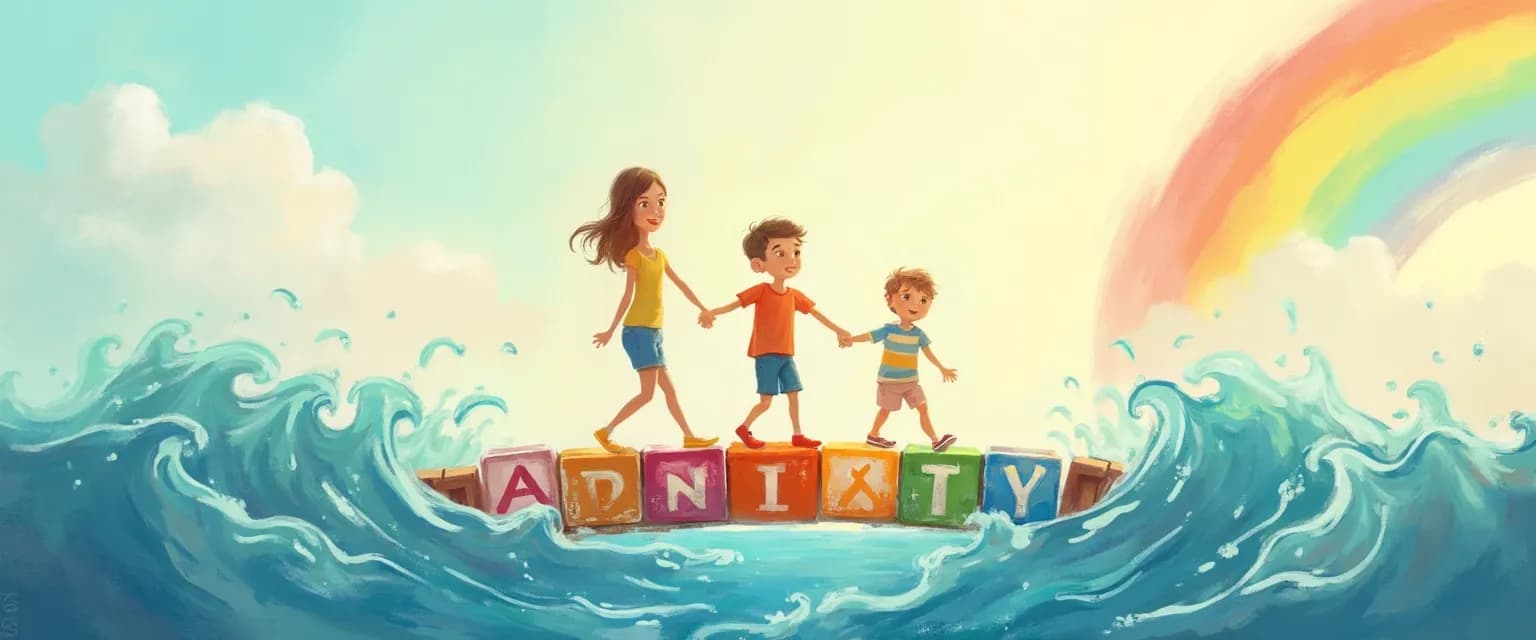7 Playful Strategies for Managing Anxiety During Childhood Development
Navigating anxiety during childhood development is like embarking on a journey through uncharted emotional territory. As parents, we often seek the perfect compass to guide our little ones through these stormy feelings. Interestingly, play isn't just fun—it's a powerful tool that helps children process and manage anxiety naturally. When children experience anxiety during childhood development, their developing brains are actually creating important neural pathways that will serve them throughout life. The good news? Playful approaches offer a stress reduction method that feels natural to kids.
Research shows that approximately 1 in 8 children experiences significant anxiety during childhood development. Rather than viewing this as problematic, we can see it as an opportunity to teach emotional regulation through the language kids understand best—play. These moments create the foundation for lifelong emotional resilience when approached with creativity and understanding.
Understanding Anxiety During Childhood Development: The Playful Approach
Anxiety during childhood development manifests differently depending on age—toddlers might become clingy, school-age children might develop specific fears, while adolescents might withdraw socially. The brain science behind play-based anxiety management is fascinating: play activates the prefrontal cortex while simultaneously calming the amygdala (our brain's alarm system). This creates the perfect neurological environment for processing difficult emotions.
When children engage in purposeful play, they're actually practicing mindfulness techniques without realizing it. They become fully present, focused on the activity rather than their worries. This state allows them to process anxious feelings in a non-threatening context, making play-based strategies significantly more effective than traditional "sit down and talk about it" approaches to anxiety during childhood development.
7 Effective Play Strategies for Anxiety During Childhood Development
Ready to transform anxiety into playful learning opportunities? These seven strategies create pathways for emotional growth while keeping things light and engaging:
- Bubble Breathing: Turn deep breathing into a game by blowing bubbles slowly and steadily, teaching anxiety-calming breath control.
- Worry Monsters: Create creatures that "eat" written or drawn worries, externalizing anxiety.
- Movement Missions: Design fun physical challenges that release tension—jumping jacks, animal walks, or dance parties.
- Puppet Problem-Solving: Use puppets to act out anxiety-producing scenarios, allowing children to practice responses.
- Sensory Bottles: Create calming glitter jars that provide visual focus during anxious moments.
- Emotion Color Coding: Develop a personal color system for different feelings, making emotional identification playful.
- Superhero Training: Design personalized "courage capes" and practice confidence-building "superhero poses."
These playful strategies transform anxiety during childhood development from something frightening into an opportunity for growth. By incorporating these approaches into daily routines, parents create safe spaces for emotional exploration that strengthen the parent-child bond while building essential coping skills. Remember that consistency matters—even five minutes of playful engagement each day builds powerful neural pathways that support healthy anxiety during childhood development.




